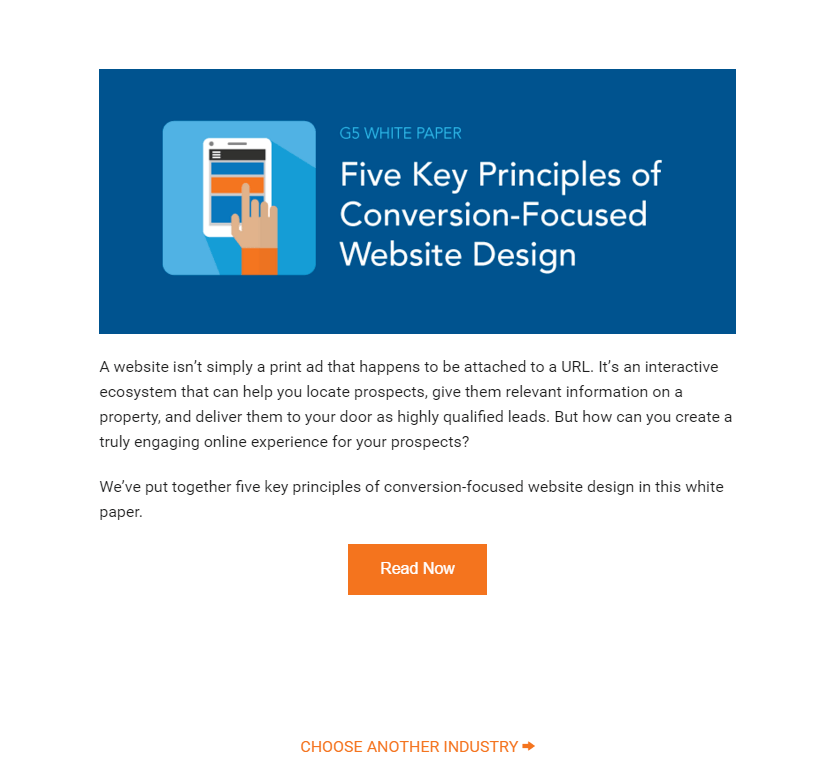What is Your Website’s Attention Ratio?
Let’s face it. Today’s user doesn’t have the longest attention span. Well-meaning websites that are trying to be everything for everyone just aren’t working. You need to hit your numbers. There just isn’t time for underperforming campaigns – which means that every digital channel needs to be firing on all cylinders. And while you can’t control your user, you can control your digital assets.
Desired Outcome
One key to improving website conversion is having a desired outcome for each visitor, such as scheduling a tour or contacting a property. Let’s look at BuzzFeed, for example. BuzzFeed can present a large number of calls-to-action (CTAs) on their homepage because every click is a win for them and their advertising partners. With all of those CTAs, users have their choice of action from the homepage. So their strategy works exactly as planned.

If you’re not Buzzfeed, you’ll need a more targeted strategy to get the action you want from your visitors. The question then becomes: How do you limit the distractions on your homepage and create a page that is built to optimize conversion?
The answer? You’ll need to utilize the Attention Ratio as you build your pages.
Attention Ratio
The Attention Ratio is the number of links or calls-to-action present on a page, relative to the desired outcome. To truly be conversion-centric, you should be striving for a 1:1 ratio. Each page you are directing your visitors to should have one clear, overarching goal. Reduce the friction so that your users know exactly what the next step is.
For instance, our goal on the page below is to get people to download this piece of content, so we’ve prominently displayed one simple CTA making this action simple for our user. We’ve also included a smaller secondary CTA that allows our users to self-select into a different industry, just in case they accidentally ended up on content that isn’t relevant to their needs. By setting the user up for success and anticipating a possible user error, we are positioning our user to achieve the desired outcome with ease.
Attention Ratio success depends largely on how well your site maximizes user flow, which makes it easier for potential clients to get the information they need quickly. For example, a button on your homepage offering a “Complimentary Lunch & Tour” will be an attractive opportunity for an adult who is seeking a senior care community for an elderly parent. In this case, displaying clear messaging – such as directions to your facility, a calendar with available time slots, and contact information – helps to lead that prospect down a path that will provide him or her with the resources, reassurance, and help needed to get started with this move.
Key Takeaways
Each campaign and web page should have a goal. Don’t simply build to check a box. Ask yourself: What do I want visitors to do when they get to this page? Then, as you build out the pages, look through the lens of your user and make the path to success as simple as possible. By limiting the distraction, you are not only creating a more engaging experience, you are creating a digital channel that is primed for results.
By focusing on simple navigation and user flow, you can make every page on your site more likely to result in your desired goals: hitting your numbers and creating happy customers who become advocates for your brand.
Get News, Articles & Updates in Your Inbox
Thank You for Your Interest
We will be in contact soon and look forward to learning more about you and your company. Based on your marketing challenges, we’ll discuss increasing visibility into your analytics and how to generate more and better leads so you can achieve your marketing goals.
In the meantime, we invite you to check out our checklist on website accessibility. Use this checklist to start assessing the baseline accessibility of your website.
Enjoy! We’ll be in touch very soon.
